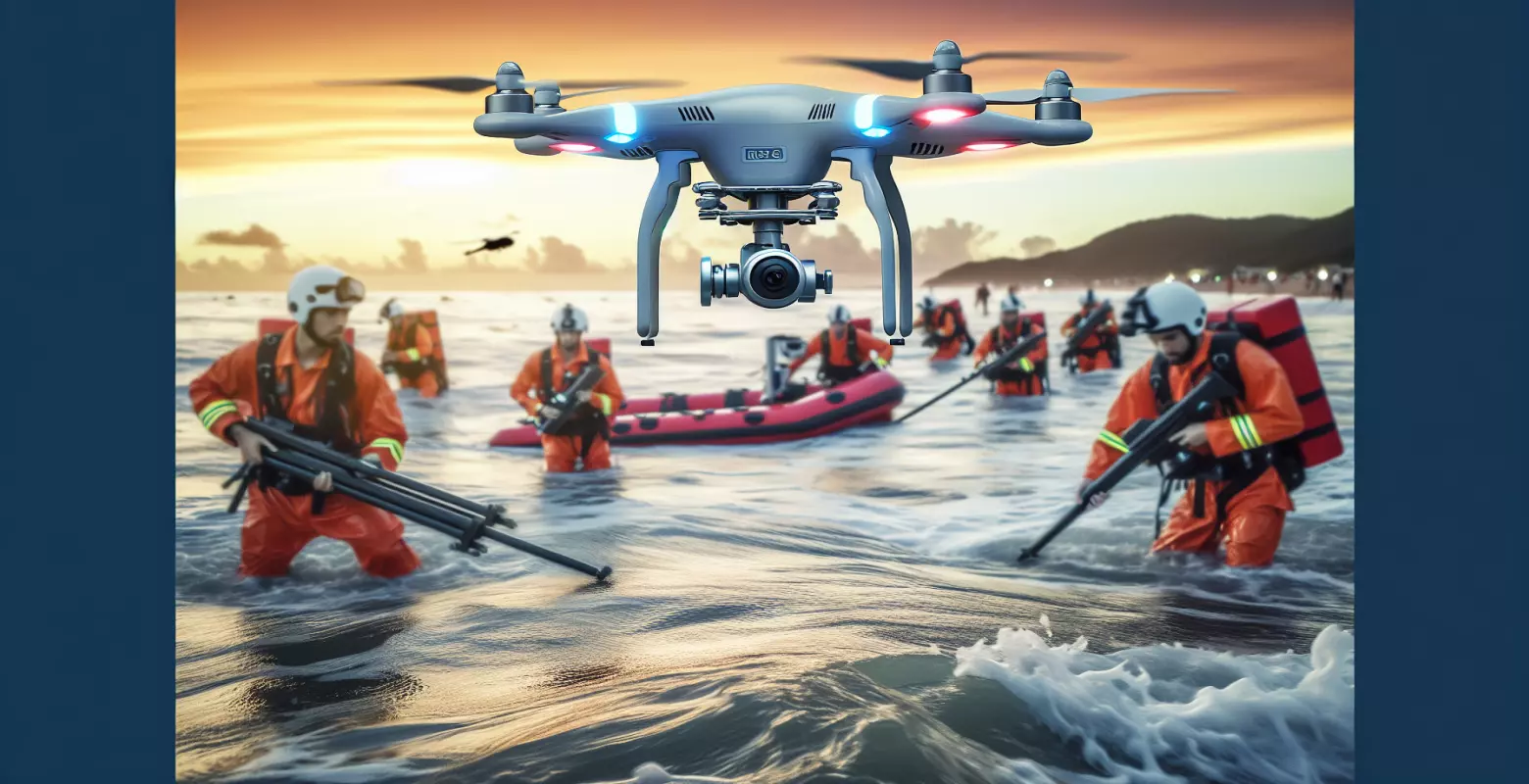Drones in Rescue Operations – How They Support Search Missions?
Introduction
In recent years, drones have become an integral part of many industries, including rescue operations. Their ability to quickly move and provide real-time information makes them extremely useful during search missions. In crisis situations, such as natural disasters, accidents, or disappearances, response time is crucial. Therefore, drones equipped with advanced technologies can significantly accelerate and improve rescue efforts. In this post, we will explore how drones support search operations, their advantages and challenges, and what future directions might be in this field.
History and Development of Drone Technology
The use of drones in rescue operations dates back to the 1980s when the first unmanned aerial vehicles were tested in various scenarios. Since then, drone technology has advanced significantly, both technically and in terms of availability. Over the years, drones have become more sophisticated, equipped with high-resolution cameras, thermal sensors, and GPS systems, enabling their effective use in various terrain and weather conditions.
Advantages of Using Drones in Search Operations
Drones offer many benefits in the context of search and rescue. Firstly, their ability to move quickly allows for the rapid location of missing persons. Secondly, drones can operate in hard-to-reach areas, such as mountains or forests, where traditional search methods may be limited. Additionally, equipped with thermal cameras, drones can detect body heat, which is particularly useful during night operations.
Challenges and Limitations of Drone Technology
Despite many advantages, drones also face certain challenges. One of them is limited flight time due to battery capacity. Furthermore, in some cases, weather conditions, such as strong winds or rain, can hinder drone operations. Another challenge is the issue of legal and safety regulations, which vary by country and may restrict the use of drones in public spaces.
The Future of Drones in Rescue Operations
The future of drones in rescue operations looks promising. The development of technologies such as artificial intelligence and automation may further increase their efficiency. Autonomous drones, capable of independently analyzing data and making decisions, could become a key component in future rescue operations. Additionally, the development of communication technologies, such as 5G networks, could significantly improve the quality and speed of data transmission, which will be crucial for real-time rescue operations.
Conclusion
Drones play an increasingly important role in search operations, offering fast and effective support in crisis situations. Their ability to operate in challenging conditions, equipped with advanced technologies, and potential for further development make them an invaluable tool in rescue efforts. Despite certain challenges, such as technical or regulatory limitations, the benefits of their use are significant. With technological advancement and the development of new solutions, drones will play an increasingly important role in saving human lives and health.






Number of comments: 0